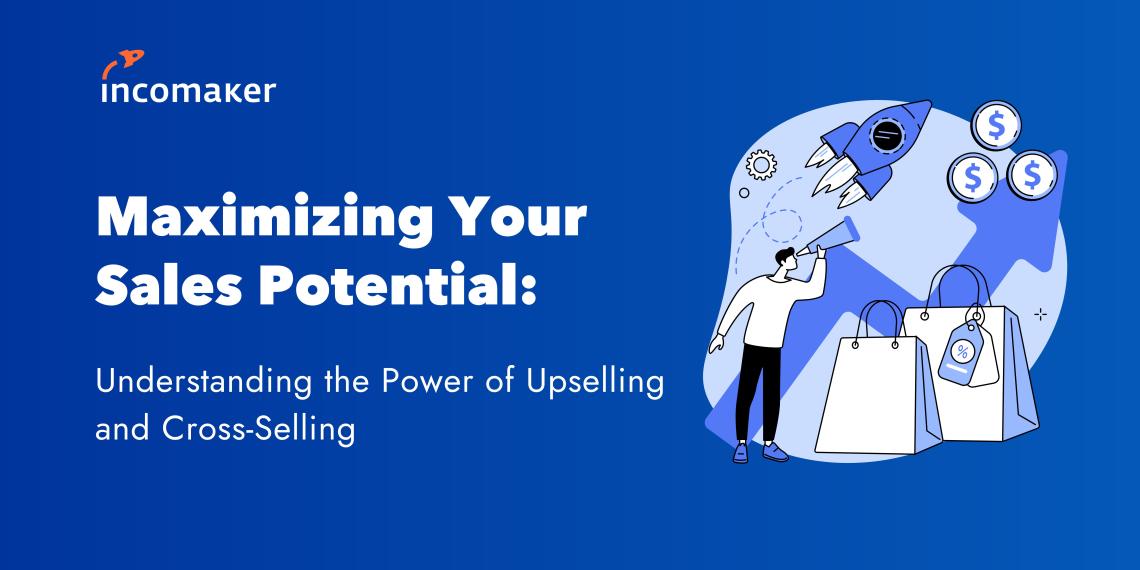
Upselling and cross-selling are two common sales techniques used by businesses to increase revenue and improve customer satisfaction. While they may seem similar, there are important differences between the two strategies. In this article, we’ll explore the difference between upselling and cross-selling, and when to use each technique.
Upselling
Upselling is the practice of encouraging customers to purchase a more expensive or premium version of a product or service that they are already interested in. For example, a customer may be interested in purchasing a basic laptop, but an upsell would be to suggest a more advanced laptop with higher specifications and features.
The goal of upselling is to increase the average order value by selling a higher-priced product or service. Upselling is often used in industries such as hospitality, travel, and retail, where the customer’s needs can be anticipated and catered to in real-time. Upselling is particularly effective when the customer is already considering a purchase and has a clear understanding of their needs and budget.
Cross-selling
Cross-selling, on the other hand, is the practice of recommending complementary or related products or services to customers. For example, a customer purchasing a laptop may also be interested in a printer or software package that complements the laptop.
The goal of cross-selling is to increase the customer’s overall purchase value by offering related products that can enhance their experience or solve additional problems. Cross-selling is often used in industries such as e-commerce, where customers are browsing a website and may not have a specific product in mind. Cross-selling can be effective when the customer is not aware of complementary products or services that may meet their needs.
Key Differences
While both upselling and cross-selling aim to increase revenue, there are several key differences between the two techniques:
- Timing: Upselling is typically done during the purchase process, while cross-selling can be done before, during, or after the purchase.
- Product focus: Upselling focuses on selling a higher-priced version of the same product, while cross-selling focuses on selling complementary or related products.
- Intent: The intent of upselling is to increase the order value, while the intent of cross-selling is to enhance the customer’s experience and solve additional problems.
When to Use Each Technique
Both upselling and cross-selling can be effective strategies when used in the right context. Here are some guidelines for when to use each technique:
Upselling:
- When the customer is already interested in a purchase
- When the customer has a clear understanding of their needs and budget
- When the upsell product offers clear benefits and value over the original product
Cross-selling:
- When the customer is browsing a website or store and does not have a specific product in mind
- When the cross-sell product complements the original product and enhances the customer’s experience
- When the cross-sell product solves additional problems or meets related needs that the customer may have